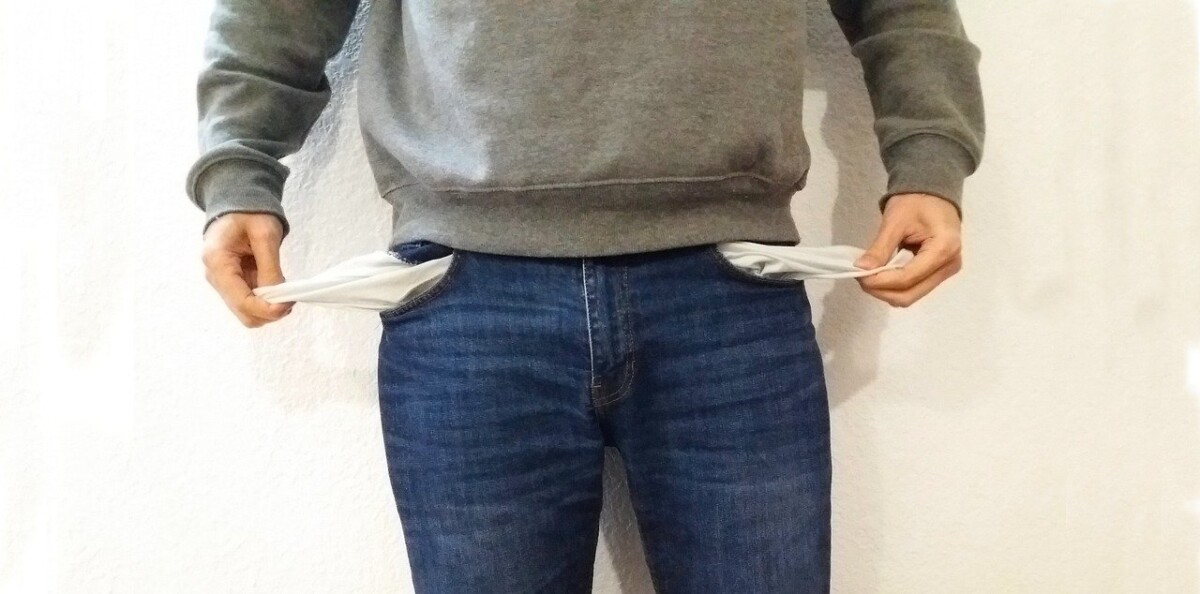Shots of Syrian boy Aylan Kurdi circulated worldwide and galvanised several governments into policy changes
LONDON, Jan 11 (Thomson Reuters Foundation) – An iconic photo of three-year-old Syrian boy Aylan Kurdi washed up dead on a Turkish beach had a greater impact on fundraising efforts for Syrian refugees than hundreds of thousands of deaths, a study has shown.
The photo of Kurdi appeared in media across the world in the days after he drowned in the Mediterranean Sea in September 2015. His family were Syrian refugees of Kurdish origin, attempting to flee the war to Europe.
“People who had been unmoved by the relentlessly rising death toll in Syria suddenly appeared to care much more after having seen Aylan’s photograph,” said the report, from science research institute ‘Decision Research’.
The study used fundraising data from the Swedish Red Cross, which showed a significant increase in donations after news of Kurdi’s death, as well as data from Google Trends, which showed a major spike in searches for the terms “Syria” and “refugees”.
Both the number of donors and the total raised increased after the photo circulated.
In the week after Kurdi’s death, the study said the average number of daily donations to a Syrian refugee fund run by the Swedish Red Cross rose 100-fold. Before the photo circulated, the charity received fewer than 1,000 donations in a day; afterwards, it rose to almost 14,000.
It said the average amount raised each day by the fund was 55 times higher, netting an extra 1.9 million crowns ($210,730) per day. While the surge in interest faded quickly, long term donations did rise.
The study, authored by Paul Slovic from the University of Oregon, found the “newly created empathy waned rather quickly” after the initial burst of interest in Kurdi’s story, but Kurdi’s death prompted a 10-fold rise in those signing up for regular monthly donations. Only 0.02 percent of these donors had cancelled by January 2016.
“The main take-home message of this paper is that emotional reactions … can influence actual donation behaviour strongly,” Arvid Erlandsson, a contributor to the report, told the Thomson Reuters Foundation.
“Emotional reactions are… prone to fade out quickly, thus resulting in sharp increases and decreases in helping behaviour, despite the existing need being very stable.”
Erlandsson went on to suggest that charities and governments could try harder to channel “emotional reactions” into their fundraising efforts.
The image of Kurdi joins other iconic photos that have come to symbolise human conflicts and tragedies, including Sharbat Gula, or ‘Afghan Girl’, whose image on the front cover of National Geographic magazine in 1985 is among the most famous of the Soviet-Afghan War.
Similarly, the 1972 image of nine-year-old Phan Thi Kim Phuc fleeing a napalm attack in Vietnam came to symbolise the horrors of the Vietnam War.
Kurdi died in September 2015, along with his five-year-old brother. Their family had fled from their home in the northern Syrian town of Kobani.
Shots of the small boy’s body being cradled by a Turkish policeman circulated worldwide and galvanised several governments into policy changes, with the German government agreeing to admit thousands of refugees then stranded in Hungary only two days later.
Over 5,000 refugees were killed in 2016 while travelling across the Mediterranean, according to the Missing Migrants Project.
($1 = 9.0162 Swedish crowns)
By Luke Mintz. Editing by Lyndsay Griffiths. Republished with permission from the Thomson Reuters Foundation, the charitable arm of Thomson Reuters, that covers humanitarian news, women’s rights, trafficking, property rights and climate change.
Advertisement




